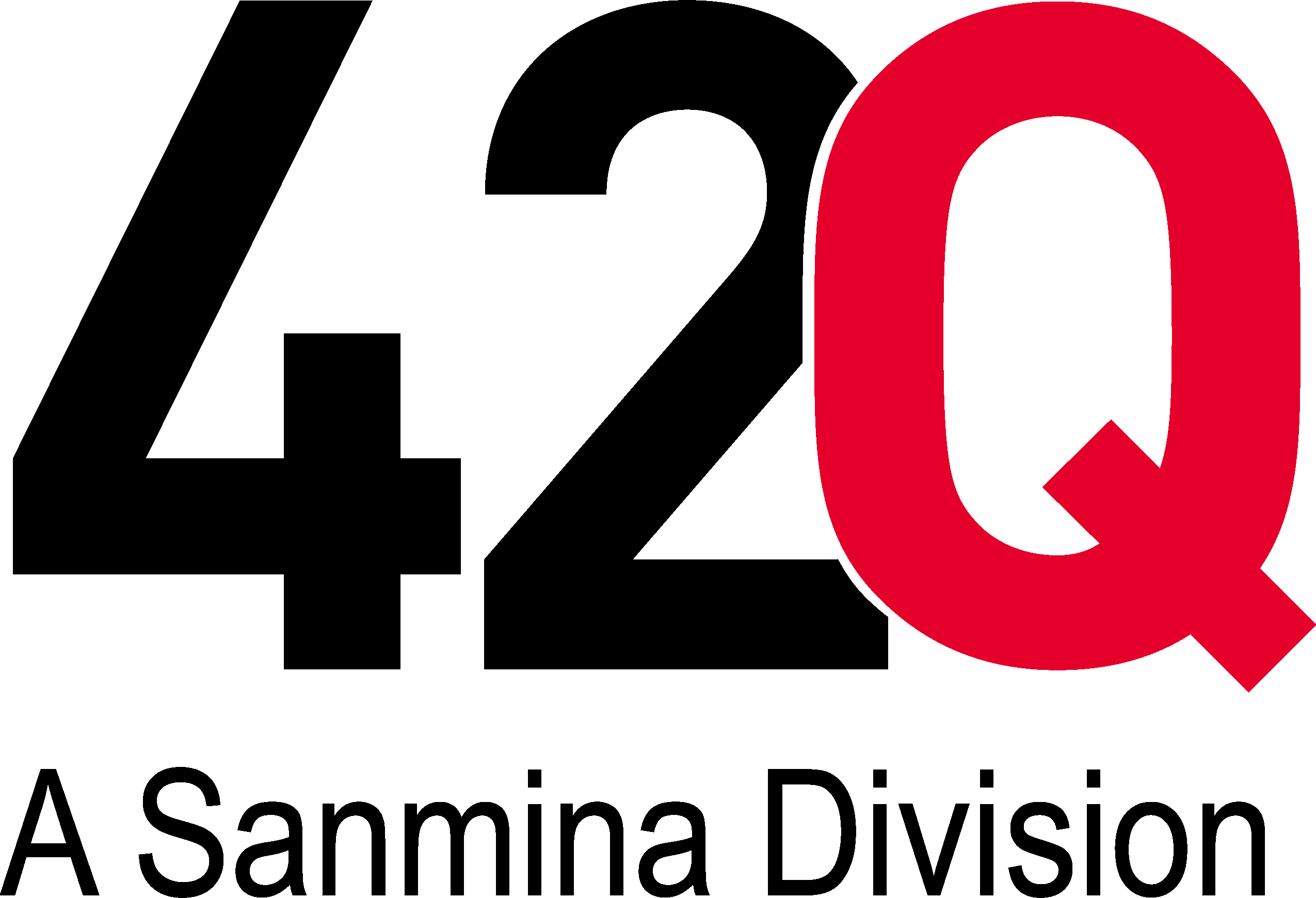Top 5 Benefits
of Implementing CMMS

Author: Bobby Hanna | Date: February 02, 2022
Most maintenance teams have developed a reactive approach to breakdowns. Some of the most common maintenance issues include:
- Aging Equipment Prone To More Breakdowns
- Equipment Breakdowns Affecting Product Output
- High Maintenance Costs Cutting Into the Bottom-line
- Lack Of Consistency In Maintenance Procedures
- Data Stored In Multiple Locations, No System Of Record
Computerized Maintenance Management System (CMMS) provides a proactive solution to maintenance teams with centralized, standardized and streamlined maintenance operations.
Here are the Top 5 Benefits of CMMS
1. Reduced Downtime
Preventive Maintenance is the best way to ensure that your manufacturing equipment runs smoothly and gives you the longest lifespan. CMMS allows you to schedule Preventive Maintenance so that work orders are automatically generated and assigned to the correct group within your organization. This allows you to conquer your maintenance backlog before it gets out of hand.
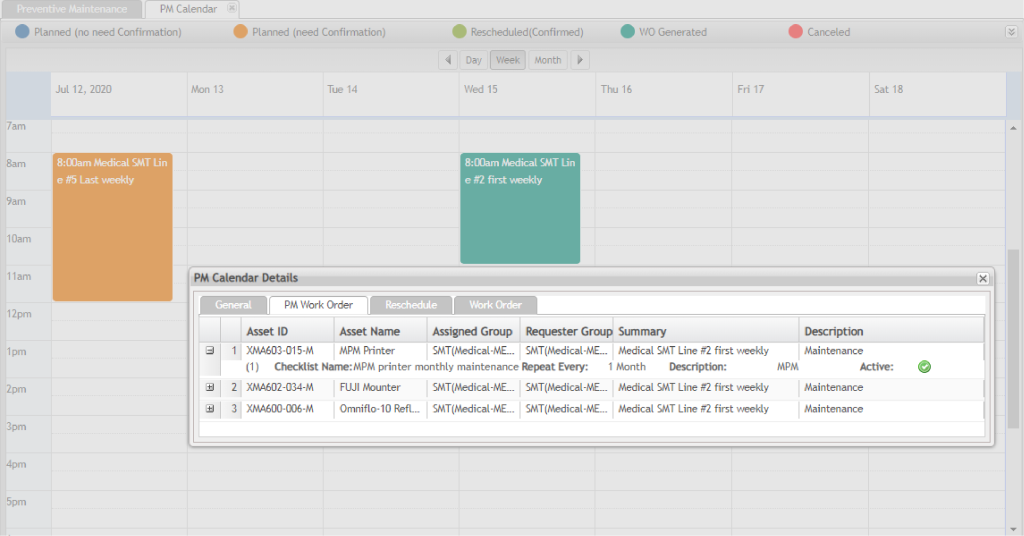
As equipment begins to age you start to see more issues with the reliability of these assets. It isn’t always financially possible to replace aging assets. CMMS allows you to collect, analyze and use an asset’s historical data to make informed decisions. This data can assist you in adjusting the maintenance schedule for aging assets to improve the reliability and prolong the lifespan.

2. Increased Efficiency
Taking maintenance and stoppage requests by email, phone, word of mouth or whiteboard forces your team to spend unnecessary time creating work orders and inputting data. CMMS eliminates these extra steps by automating the work request process. Employees can report downtime and submit work requests which will automatically be routed to the correct team within your organization. Work requests can also be set to escalate automatically to the correct personnel if the work is not completed within the configured time frame.
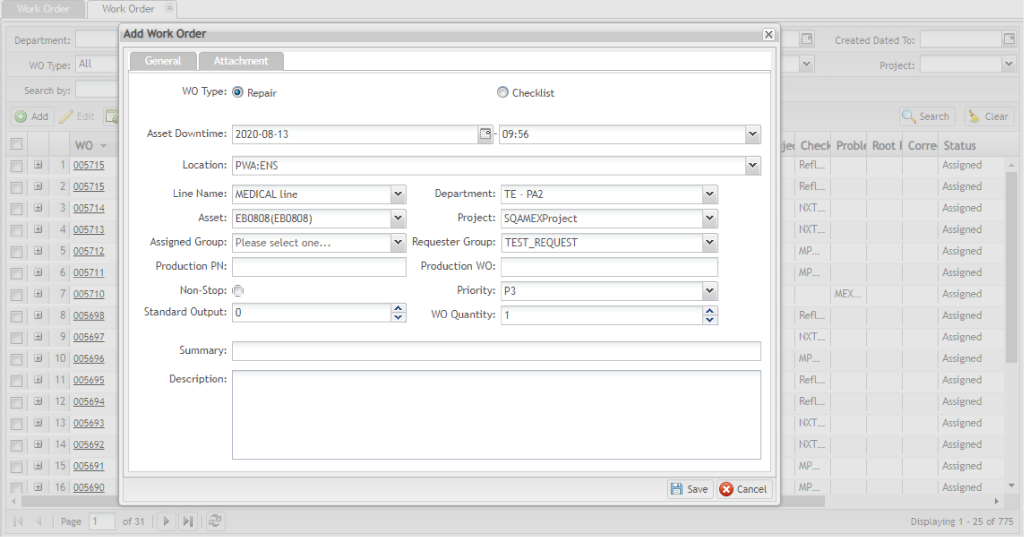
The lack of a central knowledge database means that technicians have to waste time tracking down people, flipping through paperwork and searching the internet for solutions to machine breakdowns. CMMS gives technicians quick and easy access to all the information necessary to complete a repair. Predefined checklists, images, videos, manuals and more can be added directly to a work order to assist the technician in getting the work done in less time.

3. Lower Maintenance Costs
Not being in control of your inventory can greatly increase costs. Over purchasing of inventory adds unneeded additional costs. And if you don’t have the right parts on hand in the event of a breakdown it will result in additional downtime, rush shipping and risky stopgap methods, all of which are expensive. CMMS helps you track and organize your inventory to eliminate over or understocking. The Approved Vendor Lists (AVL’s) helps you mitigate risk by ensuring that you have multiple sources to obtain important parts.

When equipment goes down it brings lots of unwanted costs such as downtime, parts and labor. These additional costs can begin to stack up very quickly. CMMS gives you the ability to ensure that Preventative Maintenance is done correctly according to the manufacturer’s specifications. Preventative Maintenance is the best way to resolve issues proactively by finding small issues before they become major problems.
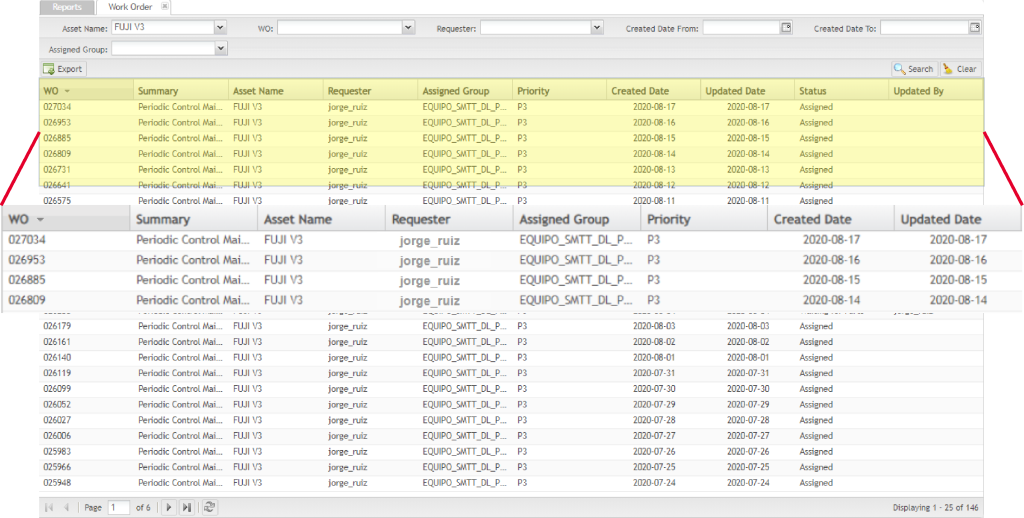
4. Greater Compliance
A lack of standardization can lead to important maintenance tasks getting missed or skipped which can lead to unwanted downtime. CMMS gives you the ability to build predefined maintenance checklists. This ensures that all technicians follow best practices and get the job done as quickly and as accurate as possible.
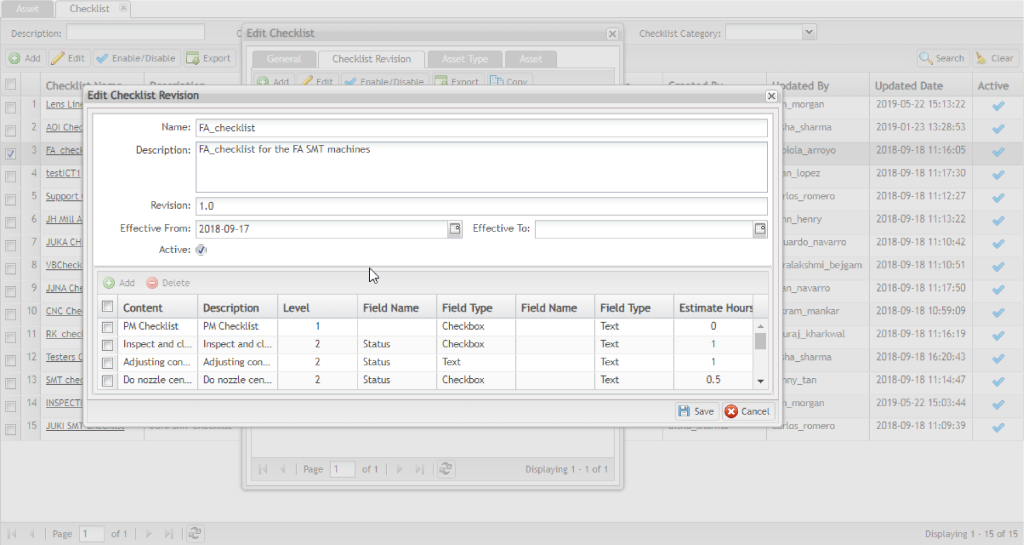
Audits can be difficult to pass without the correct documentation and records. Failing an audit can bring huge costs and headaches. CMMS gives you the ability to produce all necessary maintenance records by asset or time frame. Inventory records and locations also simplify producing the necessary information for audits.

5. Data Collection
Not having visibility into the status of your work orders is one of the main ways that your backlog starts to grow. If the right people don’t have visibility into work orders, it can lead to more downtime and uninformed decision making. CMMS allows you to have real-time updates into the status of work orders as well as the status of the equipment on the manufacturing floor.
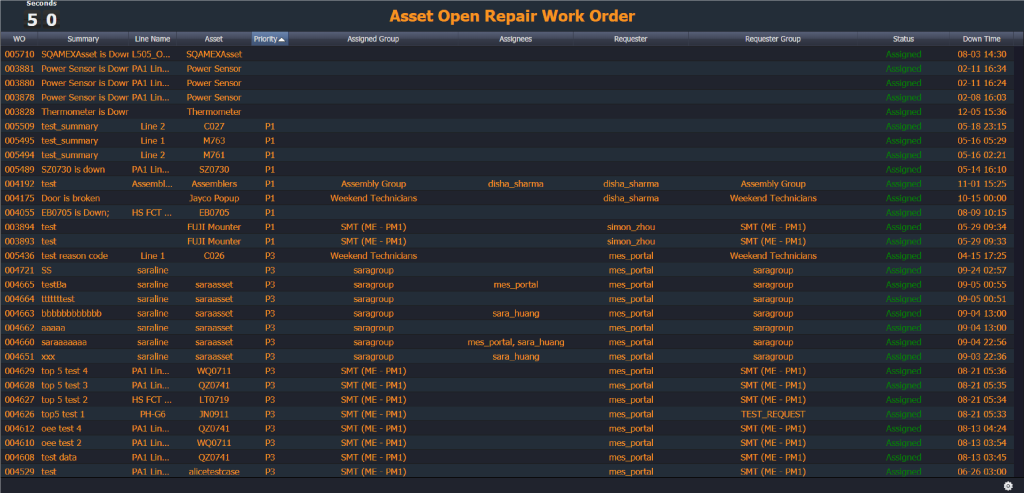
Maintenance KPI’s help you identify chronic issues with your machinery and make informed decisions about equipment issues. Trying to compile these reports by hand can be time consuming and lead to mistakes. CMMS allows you to collect data and view Maintenance KPI data easily in pre-built report templates. This allows you to quickly identify trends, recurring problems and more.

42Q Xchange

Author: Keith Fuqua | Date: January 24, 2022
Introducing 42Q Xchange. What is 42Q Xchange? 42Q Xchange is a set of APIs designed to allow connectivity between the customers’ ERP systems and 42Q, providing critical integration in their overall digital factory implementation. Traditionally, ERP integration with an MES system requires an “adapter”, a set of code which would be installed and deployed in the customer’s ERP system. An adapter provides ERP-specific code to process manufacturing-related transactions, integrates with the MES using APIs, and provides custom developed screens for monitoring, error handling and other MES-related functions. While an adapter is desirable from a connectivity standpoint, there are a substantial number of different ERP systems in use in various industries. Developing adapters for a wide variety of ERP systems is not only expensive in terms of cost, development, and overall support. It is also extremely difficult to be knowledgeable in how all ERP systems work. Additionally, some customers are understandably nervous about third party systems installing code into their ERP systems.
The approach of 42Q Xchange is to provide a standard set of secure APIs that provide all the key capabilities of an ERP adapter, without the need to develop, maintain, and deploy code into a customer’s ERP system. 42Q Xchange even allows users to create ERP style transactions, without having an ERP. This is accomplished through easy to understand templates developed in Microsoft Excel and LibreOffice Calc. A user can easily populate a template, providing all the information for a work order, BOM, and other manufacturing information, easily creating ERP work orders in a configured 42Q environment.
42Q Xchange functions in a publish/subscribe model. APIs can be called to trigger creates, updates or other transactions in a configured 42Q environment. 42Q in turn will publish common transactions that would be consumed by an ERP, such as Material Issues, Work In Progress movements, and completions. A user subscribes to the published transactions. The user can then process the published transactions in their system, thereby updating the ERP system.
One of the key advantages of 42Q Xchange is the time and effort for deployment. Because a set of code is not being installed into an ERP system, this eliminates a lot of the time, effort, security concerns, and approvals typically required to get an adapter deployed into a customer’s ERP system.
The Relevance of
OEE and TEEP For
Manufacturers Today

Author: Bobby Hanna | Date: November 24, 2021
Overall Equipment Effectiveness (OEE) is a measure of performance in the domain of manufacturing. It encompasses the maturity level of the shop floor from a standpoint of productivity, quality and availability of the assets to ensure operational efficiency and in turn address business results. OEE is measured as the product of productivity, quality and availability and is expressed as a percentage.

This measure truly indicates the KPI of a manufacturing process. OEE gives a true reflection of how a manufacturing line is performing and hence this metric becomes a primary source of data to drive manufacturing excellence.
Another measure of performance is Total Effective Equipment Performance (TEEP), which in addition to the parameters of OEE, takes into account the utilisation aspect of the manufacturing line. TEEP is measured as the product of productivity x quality x availability x utility expressed as a percentage.

A real-time data acquisition of these parameters will help the operational teams to gain an insight into how their lines are performing. Since manufacturing lines are performing tasks which are time deterministic, data acquisition at source becomes a primary challenge. Real-time data visibility will enable operations team to take data based decisions within the stipulated takt time to ensure seamless flow of downstream processes
42Q functionalities encompasses these aspects and gives a holistic view of how each parameter is behaving and gives an insight through descriptive analytics. 42Q gives you a single location for gathering all the necessary information for OEE & TEEP calculations. Information such as Throughput, Yield, Cycle Time, Machine Up/Down Time, Downtime Root Cause, etc. can then be broken down to the work shift and operator level as shown below.
The default reports include the following:
- OEE & TEEP Dashboard
- Downtime Root Cause Analysis
- Downtime Trend Analysis
- OEE Trend Analysis


We have the capability to acquire these data sets and portray them in a way which truly reflects time based behavior of the manufacturing line. In 42Q, one has access to reports and dashboards on the real-time OEE & TEEP statistics. This fully customizable panel gives you the ability to monitor the current manufacturing line readings as compared to expected target results. As a result, 42Q allows plant managers to quickly troubleshoot critical problems in real-time.

Furthermore, 42Q Live enables you to see the real-time status of critical stations on your manufacturing floor. This allows you to send Alerts and Notifications based on threshold settings.

